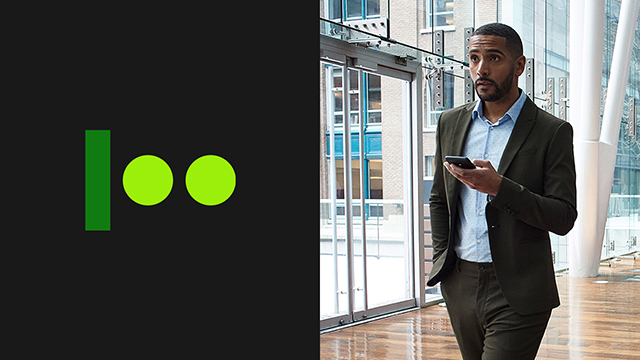
Contact centers: Intelligent bots can increase average handle time
 All things being equal, reducing average handle time (AHT) in contact centers is a good thing. Any content center manager will tell you how critical this metric is.
All things being equal, reducing average handle time (AHT) in contact centers is a good thing. Any content center manager will tell you how critical this metric is.
It is easy to understand why that is the case.
While working with a customer, I determined that every second in AHT reduction was worth about $6 million annually, and I concluded that it is an important key performance indicator (KPI).
However, there are circumstances where increasing AHT may be a good thing, such as when we begin to deploy intelligent bots.
In this post, I will make the case for increasing AHT and show the beneficial effects. I will then propose a new KPI to measure the impact that intelligent bots are having on your business.
Background
Let’s start by considering a sample of 10 calls, with the following table showing handle times and number of calls.

Average Handle Time is the number of total minutes divided by the number of calls. Most contact centers consider knowledge management, better training, and other methods as ways to reduce AHT. These methods are effective and should not be overlooked. At Microsoft, we advocate the use of these tools to help our customers drive down the cost of handling calls.
What happens if I deploy an intelligent bot? Microsoft builds intelligent bots that are able to understand and recognize natural language. The more natural the interaction is for consumers, the more likely a customer is able to complete an interaction in the intelligent bot.
This has been the focus of Microsoft’s investments in intelligent bots. The customer resolves their issue faster, and your company saves money. It’s a win-win situation. However, AHT can take a strange turn. Consider the following table.

As you can see in the table, eliminating the shorter calls with an intelligent bot actually increased AHT. If you only look at AHT and no other KPI, you may conclude that your foray into intelligent bots failed. Or you may think you’re successful but are not quite sure how successful.
This illustrates how careful we must be when applying the right metrics to analyzing the performance of a call center.
A way forward

My proposal is that we introduce a new KPI called Combined AHT (CAHT) to measure the impact of intelligent bots. The modified table of calls that reflects on this new metric is shown below.
In this case, we take the same set of calls, but this time, we also capture the number of inbound contacts that were completed in the intelligent bot. The number of inbound contacts is the same, but we can now make a meaningful comparison between the before and after state of implementing intelligent bots.
When viewed through this lens, it highlights why Microsoft made the investments in natural language, intent analysis, and language translation. The goal has always been to make the bot experience as intelligent and natural as possible. In doing so, more transactions are captured in the intelligent bot, which will consequently drive down your CAHT.
Some shortcomings
There are some shortcomings to this approach. For example, new customers who may have interacted only through the website and bot are nevertheless counted. While no measure is perfect, the benefits far outweigh any potential shortcomings.
A solution to this is that you should periodically re-baseline what is normal, so you can easily measure the impact of your current efforts. Often in the contact center we are more concerned with relative movements rather than adherence to prior benchmarks. Re-baselining will help lower the noise that’s introduced as customer behavior changes. Put another way, change becomes the new normal. Future performance should be relative to that standard.
Conclusion
In suggesting that you start to use CAHT to measure progress in your contact center, I am not advising that you get rid of the traditional AHT KPI. AHT will continue to be an important metric in measuring call center performance.
Metrics are an important part of managing a contact center, and they should be used carefully. Adding intelligent bots as a tool to measure success and impact will help you run a better and more effective contact center.
Going forward, observe your customer experience across all channels. Are there ways that you can drive down CAHT? The shift to digital channels from live channels will help you achieve this outcome and also improve the customer experience.
Microsoft can help you maximize your digital channel effectiveness and drive down your CAHT. Reach out to your Microsoft representative for more information.




